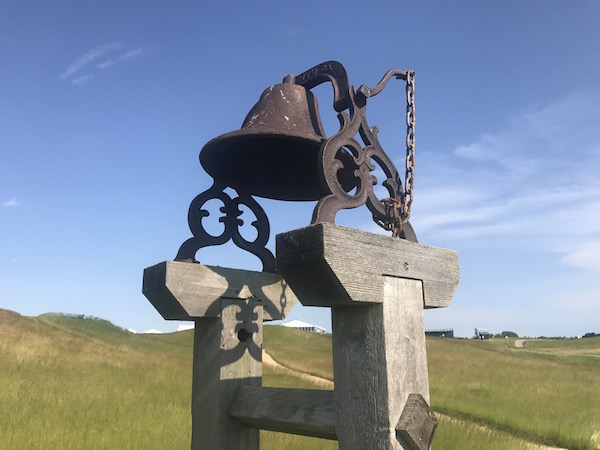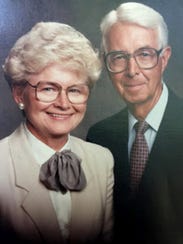If I had to vote, the answer would be a reluctant no. While the B grade given on Morning Drive to Erin Hills would be more than enough to get it another U.S. Open most years and certainly proved to be a much better venue than Whistling Straits, the next eight years of courses elevates the U.S. Open in ways that Erin Hills is unable to inspire.
 That said, a remote place with no business pulling off such an undertaking did so in fine fashion.
That said, a remote place with no business pulling off such an undertaking did so in fine fashion.
A course that had undergone so much surgery was able to shine, with several strong holes and no silliness.
The fans of Wisconsin are wonderful and I heard very little complaining about the lack of up-close viewing opportunities. They would have been within their right to complain.
The conditioning and presentation of the course, outside of the over-stimulated natives immediately off the fairways, was excellent.
Had the weather cooperated and the course remained dry all week--always an if this time of year--the width so many despised would have been necessary.
A few other views on the topic, starting with Golf World's Jaime Diaz.
It’s well positioned if the USGA is truly committed to moving the championship around the country. At the moment, there is a vacuum in the Midwest. Medinah and Olympia Fields in Chicago don’t inspire and former USGA mainstays Hazeltine and Oakland Hills have become more aligned with the PGA. The same with Whistling Straits, which has had two PGA and is slated for another Ryder cup.
And in an unofficial competition comparison with another minimalist style public course that is vying to be deemed a modern classic, Erin Hills has come off better than Chambers Bay near Seattle.
Erin Hills, with sheer bigness that requires less retrofitting for distance than older courses, and a brawn accented by humpy land and jagged bunkers that can make for exciting golf, offers a welcome but only occasional – maybe once every 20 years - change of pace from the traditional Golden Age classics.
Gerry Dulac of the Pittsburgh Post-Gazette isn't a fan of the public course experiment.
If it were up to me and not Mike Davis and the USGA, I’d play every U.S. Open on the great, traditional, classic and iconic courses in our country, not these pop-up daily-fee facilities designed to bring the national championship to the public golfer, which, to me, is like playing the Super Bowl at Cupples Stadium on the South Side.
Michael Bamberger wanted to play...to the greens on the driving range, which is one of the best I've seen. From this SI/Golf.com roundtable:
Bamberger: Good for them. Not for us. The USGA wants to preach a message of playability. This course was too easy for the elites. And unplayable for 90-shooters, from any tee. Some of the greens are nutty. The place is beautiful, though. Spectacular. I'd love to play holes on the driving range all through a long dusk.
Teddy Greenstein thinks the course deserves another shot but wonders if there is competition from a nearby state.
The USGA is committed through 2026 with a greatest hits collection that includes Shinnecock Hills, Pebble Beach, Winged Foot and Oakmont. USGA executive director Mike Davis said that “in a few months, we’re going to name another tried-and-true.”
Insiders predict Oakland Hills’ South Course, a Donald Ross design near Detroit that has hosted six U.S. Opens, will get the call in 2027. Erin Hills should return soon after as another anchor of the Midwest.
USGA executives love that owner Andy Ziegler was willing to close Erin Hills to public play in October, taking a financial hit with the payoff of perfect conditioning.
Todd Milles of the Tacoma News Tribune wonders if Erin Hills will join (maybe) Chambers Bay in the every 20-year category.
Unless something unforeseen happens, Erin Hills has made such a favorable impression this week that it would be hard not to see it emerge as the USGA’s go-to venue in the Midwest for the foreseeable future.
“Erin Hills won’t be in the 10-year rotation,” Putnam said, “but it will be in the 20-year rotation.”
Your votes please...






















